The Coronavirus pandemic has not only had an impact on golf clubs and its members, but also on the industry’s brands too, from small companies selling accessories to some of the biggest names in the equipment market.
I managed to spend some time talking to Dr Alan Hocknell, who is the Senior Vice President of R&D at Callaway Golf, based in Carlsbad, California.
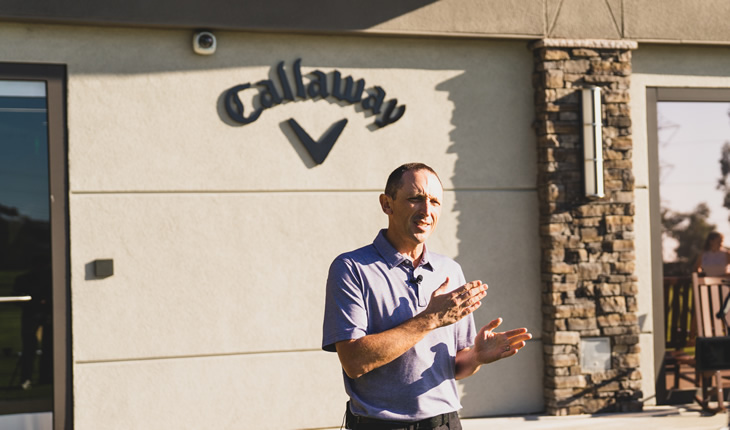
We spoke about some of Callaway’s best products of the year so far, the influence that their tour players can have on new equipment, and also discussed what the potential impact of COVID-19 could be on the golfing industry.
This is what he had to say….
1. Firstly, I was wondering if you could describe what the general feedback on Tour has been for the Mavrik range? Was it an easy switch for most to move from Epic Flash to Mavrik?
Well the Tour guys are actually an interesting group because we do get a lot of feedback from them, particularly learning about things that worked and things that maybe didn’t work quite so well in the previous Rogue and Epic Flash range.
It seems like on Tour the conversation has moved on from ‘who can generate the lowest spin rates’ to more moderate spin levels.
If you look at the average rate for drivers on the PGA Tour now it’s around 2650rpm. Obviously some players do play a little lower than that but they’re losing that perception that you need to get down to around 2000rpm to optimise numbers.
I think the players have learned that what you can do when you’ve got a launch monitor on a range is a little different to what actually creates their best game out on the course.
I think a lot of the conversation has moved from just straight numbers to looking at specific start lines left and right and then working on a consistent shape from there, and so being able to produce results for tour players who have completely different swing tendencies and ball flight preferences has been more of a focus with the new Mavrik drivers.
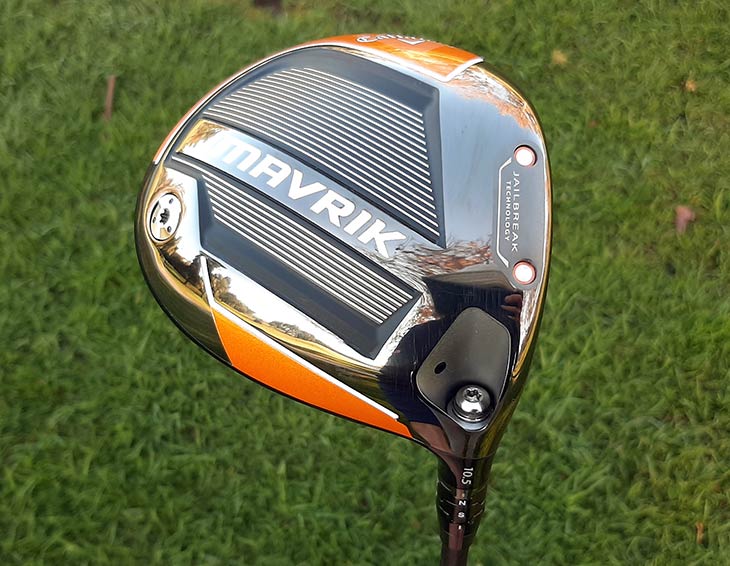
Another piece of feedback we got from the Tour also was that whilst the Epic Flash driver head was said to be the ‘hottest’ on tour in terms of ball speed and distance, but at times they felt like they sacrificed a little bit of consistency.
So one of the things we did with the Mavrik is try and retain all of that speed but also to add something called ‘spin robustness’ to try and create more consistent spin rates even on off-centre strikes.
To do this, the standard and Sub Zero models in particular have a more forward centre of gravity than before which promotes more consistent spin.
The feedback we’ve received is that transitioning from one of the older models to the current model has been easy, with players’ testing results mirroring our own results.
We’ve also been pleased that a number of non-contracted players have also chosen to go with Mavrik this year, and we think part of that is down to the ease and speed with which the club can be fitted, making it a much easier process to get a player to switch.
Yeah and I suppose that’s a real compliment for you and your team if non-contracted players, who can choose from any product on the market, are choosing to go with the Mavrik drivers as they think it will be best for them?
Exactly yes, it’s a good validation point for us and there is quite a bit of competition there with a number of different non-contracted players. I suppose the most notable of those this year who actually went in our favour was Brooks Koepka. It’s great when players who are known to be good drivers of the golf ball make the switch in to one of our products and then decide to stick with it.
2. For the Mavrik Driver range, has there been any surprises regarding the type of golfers going for a particular model? Does the custom fitting process often bring about surprises, where golfers are fitted for a different model than they were expecting?
Our latest Mavrik range has 3 different driver designs, and this is not just about offering choice but also about offering the potential for golfers to optimise their choice through custom fitting – where we can learn a certain golfer’s tendencies – and we offer 3 different designs which can each offer the golfer something particular.
Most golfers are usually trying to make a choice between two of the three, although it’s not always as clear as it may seem. For example, you may get a golfer who looks like they’d need the draw bias of the Max model, but they also produce way too much spin and so the spin-reducing capabilities of the standard model may actually be more important for that golfer.
And I assume that, considering the amount of time and effort you put into the R&D behind these clubs, you want as many people as possible to go through the full fitting process rather than just picking a club from the shelf, because a proper fitting is where people are really going to see the full benefit of the product?
I think that’s a good point, and I think if a golfer wants to get the most from the technology during a fitting then they need to walk in with an open mind, and not just expect to be fitted into the same set of clubs that you walked in with.
This also includes the golf ball too, which I think is becoming more a part of the conversation even though its often that golfers actually use launch monitor numbers to find a golf ball that suits them.
3. For those golfers who may be using clubs from Epic or Rogue lines which are now a couple of years old, can you explain the benefits of moving up to Mavrik now?
Well firstly we have looked at the data on consumers’ purchase cycles and we see that golfers typically look to upgrade their drivers every 2-3 years and their irons every 4-5 years, whilst putters are a little more difficult to predict because some golfers can have one model in the bag for decades, whilst others are very much impulse buys.
When we launch a new product like a driver we are primarily addressing golfers who have already been using a Callaway product for a couple of years, even though the advertising and marketing often provides parallels with immediately previous products.
With the Mavrik, golfers will see ball speed gains and a reduction in spin variation, and these will be quite easily visible during launch monitor sessions.
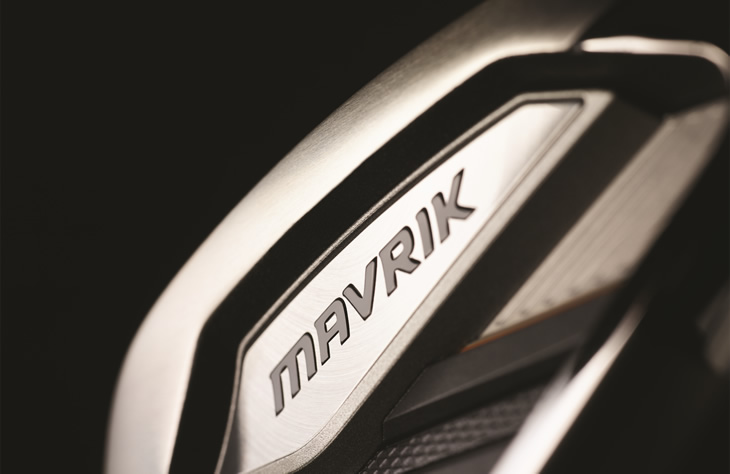
We are also using Artificial Intelligence much more than in previous years, particularly in the development of our irons, and this has resulted in new materials and construction methods being used for the first time, representing quite a significant upgrade.
4. If you had to name one Callaway product which Golfalot readers HAVE to go out and try, which one would it be and why?
I’m scratching my head a little bit for this one because my role at the head of R&D for all product lines means that I should be equally passionate about all of them!
One that surprised us though, was the Triple Track Technology which you see on our golf ball and now on the putters. I have to admit that I was initially a little sceptical about the idea of having three different coloured lines on the golf ball.
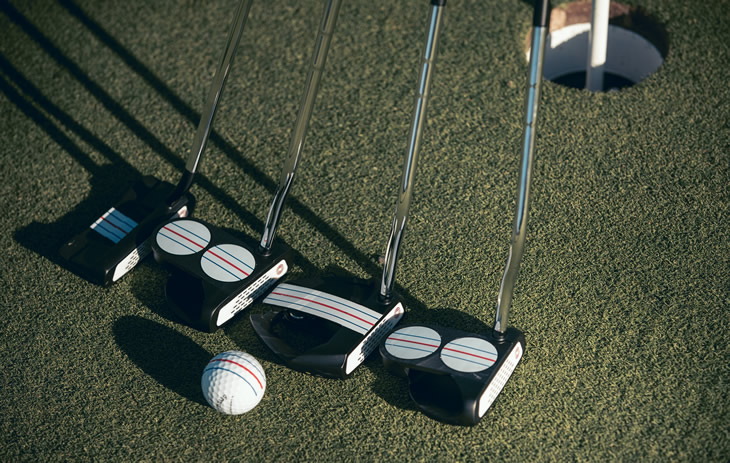
But after a little bit of practice, I was pretty shocked with how consistent my putting became from 10-15ft on putts without too much break. Knowing that you’ve got the ball lined up correctly really changes your approach to putting so that when you stand over the ball you don’t have to worry about alignment anymore, all you’re thinking is about hitting the centre of the face and getting the pace right.
It has improved my putting considerably, and I have also taken a leaf out of Phil Mickelson’s book in starting to line my ball up at a particular target on tee shots, for example on par 3s, in order to improve my start line. If I was going to encourage people to try something unexpected, it would be Triple Track.
5. What influence do Tour players have in the design or concept behind Callaway equipment? Who are the most engaged with R&D and the latest technology?
I’d say over my time here that I’ve seen Phil Mickelson have the largest influence, particularly when he was at his peak, because he had the attitude that if he could get the equipment the way he wanted it then he would walk onto the first tee having already gained an edge on his playing partners.
But more recently it seems like Xander Schauffele has become his protégé in some ways. He lives locally and has taken a strong interest in his club’s performance. Others include Maverick McNealy, who has taken on the ‘test pilot’ title and enjoys hitting all types of clubs, even those that aren’t really suited to him.
In the main it does seem to be the younger players who are more interested in getting involved, although we have managed to spend quite a bit of time with Jim Furyk who is pretty detailed in the way he looks at things. We are also looking to do some work with Thomas Bjorn on creating a new sole grind which we don’t currently offer in our lineup but that he was keen to try.
So how often would you expect to be in contact with these players?
Obviously this can depend on the time of year and the players’ own playing schedules, but when they are at home it is pretty frequent. We’ll usually see Schauffele at least once a week, for example.
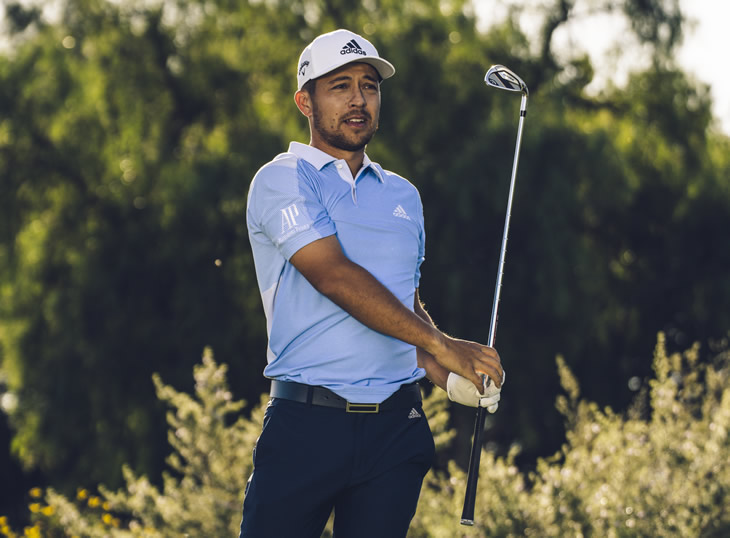
Some of our players live in Florida or South Carolina and so we might send a couple of members of our team over there to visit them at home and work on a few things.
With the difficulties we have had recently with travel (due to COVID-19) we have been using tools such as Zoom to view the player’s launch monitor numbers whilst they practice at home, and from there we can conduct virtual fittings with them.
This could also be important once golf does start to resume because we may still not be allowed to have the same numbers of people on site at tournament events or things like demo days. These technological solutions could be really important for us to be able to carry on delivering that kind of service in the coming months.
6. In terms of irons, is a combo set something that every golfer should now be considering whenever they look to upgrade? Or can one iron model still deliver everything a golfer may need?
When we design our iron models, we do put a lot of thought into which type of golfer will suit each model, including the strengths and struggles that they may have in their own game.
I’d say we still expect most golfers to still buy a set of one iron model, because the thought that has gone into their design and development is there to tackle specific issues in a golfer’s game.
Whereas the Mavrik Max and standard Mavrik irons feature extra technology in the longer irons to help with an easier and more forgiving launch, in the shorter irons there is less of a difference between the three models because golfers typically don’t need as much help in this area, meaning that this ‘cross-breeding’ between models can become more frequent.
I think its important that this then becomes an exercise for golfers to optimise their bag rather than just the luxury of having more choice, as it allows them to look at things like the gapping between specific irons of their bag and gives them much more chance to be an individual when they build their set.
7. Over the last few years, Callaway has made huge investments into the Chicopee ball plant – has this paid off with the new Chrome Soft and Chrome Soft X balls?
The Chicopee manufacturing plant is where we make all of our Chrome Soft, Chrome Soft X and ERC Soft balls, and we have spent lots of money in recent years in order to improve two main things – capability and capacity.
As our golf balls have become more and more popular we decided that the investment shouldn’t just be about adding on to what we already have, rather we wanted to take the opportunity to rethink the whole factory and the processes within it.
We have managed to put better environmental controls in place, along with new rubber mixing equipment, which helps to protect the balls from the outside environment and produces a higher quality product.
We also have new measurement systems which use X-Rays to analyse the balls at different stages of their production and can reject any ones which do not reach the required levels to be acceptable for use.
For the Chrome Soft X ball this year we have a new cover moulding method, which allows for a thinner moulding with a
different surface finish to improve aerodynamics.
So pretty much from start to finish we have looked for ways to improve our ball production in order to support these balls. One of the marketing lines we use for the Chrome Soft ball is ‘this ball changes everything’, and part of that is in reference to the fact that the ball is made almost entirely differently to how it has been previously!
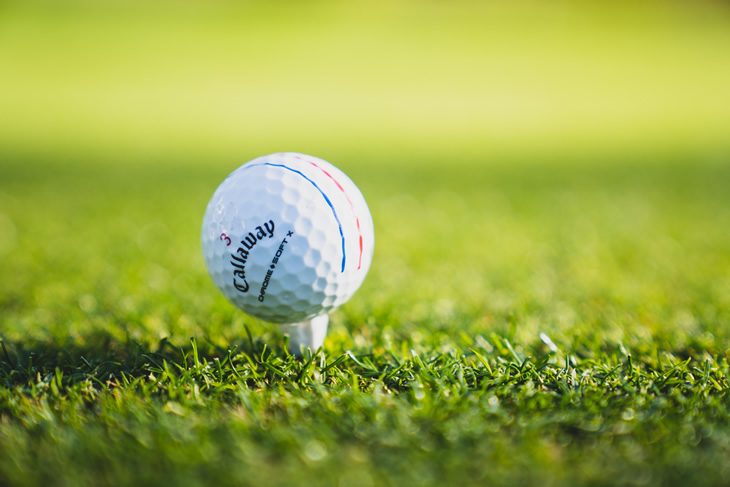
I think that’s an interesting point that you touched upon regarding consistency, as it has ben a bit of a hot topic over the last few years and so it’s reassuring to know then when you buy a dozen golf balls, you can be confident that they are all of a similarly high standard…
"Yeah and I think there has been a little bit of a stir-up around the fringes of the golf media around the differences in quality between golf balls from the same sleeve or dozen. There is some credibility to that too because there are golf balls out there which don’t go through the kind of quality control that ours do."
So we wanted to take the lead in the testing of our golf balls, rather than leaving it up to other people to cut them open and make assumptions based upon that, so that golfers can be confident in our balls’ performance. I think it’s also important to note than there is more to analysing a ball than just cutting it open – what happens most is the ball’s reaction when a club hits it in a dynamic situation.
8. What impact do you think the COVID-19 pandemic could have on golf and the equipment market in the next couple of years? Could anything positive come out of this?
Well from our perspective, we have executed a work from home strategy which means we were still able to reach a reasonable percentage of our full power throughout the lockdown.
We can still access our ‘super-computer’ remotely to run any analysis, we’ve been able to work on design remotely and meet as a team through things like Zoom, meaning that our new product design has still been able to progress at some level.
It also appears that golf is one of those sports that is more acceptable than others, and as long as the weather complies it may be that people see playing golf as a better alternative than going to the cinema or attending a football match in the medium term.
Many people also have an emotional relationship with golf too and a passion for the game, which will only have pent up during this time. In the areas where golf has still been allowed or shops have been open, the business has been good.
Looking ahead, if there is difficulty in getting flights or going on holiday then I think golf could become one of those things that more people look to do, and it is the kind of thing that families will be able to do together.
If you enjoyed this, you may also like:
Callaway Mavrik Driver Review
Callaway Mavrik Pro Irons Review
Odyssey Triple Track Putter Review